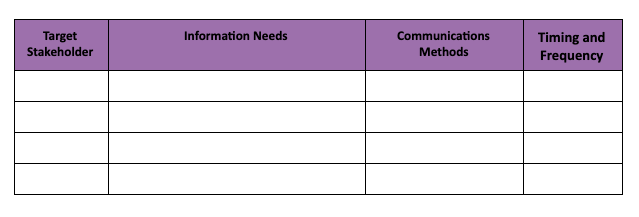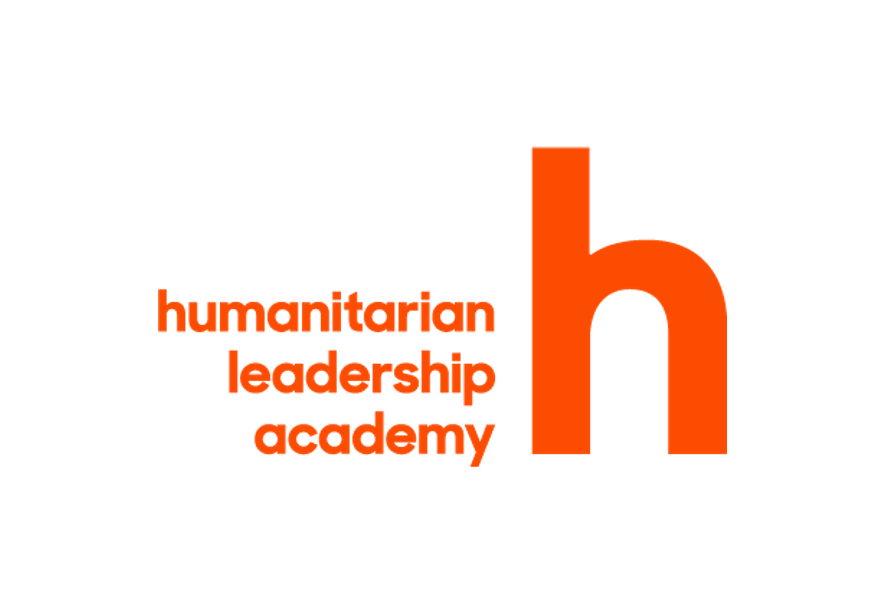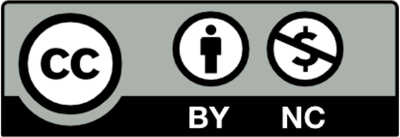Communication Plans
I want a tool that helps me meet my stakeholder information needs...
What is it?
A communication plan is the principle tool that helps you be more intentional about meeting your stakeholder information needs. It defines who needs to informed about the project and MEAL activities, what they need to know, how the information will be distributed, how frequently it will be shared, and who will be responsible for the distribution.

Some communication is structured and formal, such as donor reporting and sharing mid-term evaluation reports with local governments. Other communication is informal and ongoing, such as regular community meetings with project participants and partners. Good communication planning includes feedback-and-response mechanisms, enabling stakeholder feedback to inform project decisions and improvements.
Whatever the format, all communication should be based on stakeholder information needs and provided in a manner appropriate to each group.
Communication plans utilize a variety of different templates but all include the following information:
Target Stakeholder: Who needs to receive MEAL communications? It is not unusual for a project to have many stakeholders, some more important than others. Stakeholders have different information needs and different communication preferences. Each will require information provided in a way or ways that is appropriate to them.
Information Needs: What does each audience need to know? Good communication requires an understanding of the stakeholder and their information needs. Some examples of stakeholder information needs include:
- Project goals and objectives including project targets and who will receive support
- Access to and use of Feedback and Response Mechanisms
- Project progress, changes and updates
- Results of learning efforts.
Timing and Frequency: All communications should be planned within the larger context of the overall project calendar. This helps the team ensure that communications activities are planned effectively and efficiently.
How do I use it?
When creating communication plans, engage with the priority stakeholder groups to understand their information needs as well as their preferred communication and discussion mechanisms.
Don’t assume that a single approach will work for all stakeholders. For example, within the same community, illiterate community members will require information using visual diagrams at community meetings whereas youth in the community may prefer to receive the same information via SMS messages.
Examples of different communications planning elements may include a quarterly narrative report to your donor including progress towards output-level targets. Your implementing partner communications may include changes to the activity schedule shared during a monthly coordination meeting. And, your community level communications may focus on delivering project objectives, timeline, and targeting criteria via informal community meetings or notice boards.
Initial communications planning will inform the development of communication materials themselves and also other MEAL tools and processes, such as the communication sections in evaluation terms of reference.
When do I use it?
Develop your communication plan as soon as possible after project implementation begins. This will make sure that you have enough time and resources to implement activities and to meet your stakeholder information needs.
Tips:
Coordinate your MEAL communications
Always ensure that MEAL communications planning and the development of communication materials is incorporated into the project budget and calendar to ensure strong project implementation support for communication.

Supported by:
Shared by:
Users are free to copy/redistribute and adapt/transform
for non-commercial purposes.
© 2022 All rights reserved.




